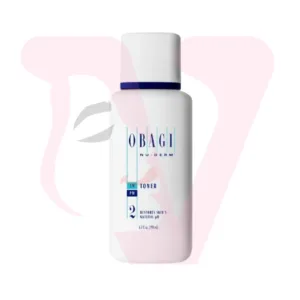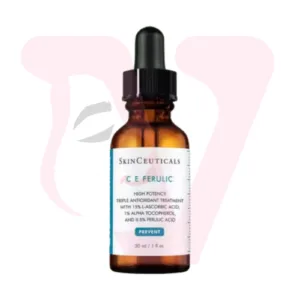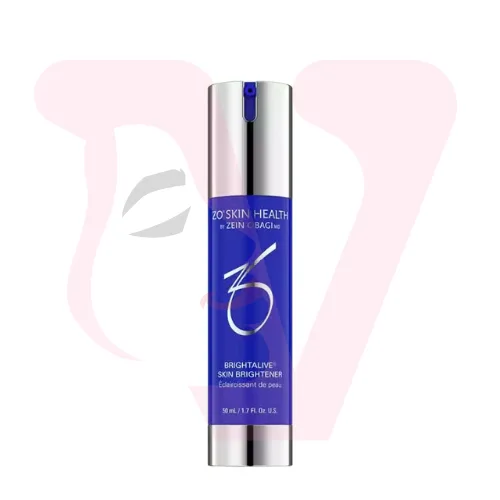news
Retinoids: The Gold Standard for Anti-Aging and Acne
In the vast landscape of skincare, few ingredients have as much scientific backing and proven efficacy as Retinoids. Derived from Vitamin A, these powerful compounds are widely considered the gold standard for both anti-aging and acne treatment. Their ability to accelerate cell turnover and stimulate collagen production makes them a game-changer for a wide range of skin concerns, from fine lines and wrinkles to uneven skin tone and breakouts.
However, the world of retinoids can be complex and intimidating, with various forms, strengths, and potential side effects. This in-depth guide will demystify retinoids, explaining what they are, how they work, the different types available, and the best way to introduce them into your routine to achieve transformative results with minimal irritation.

How Retinoids Work: A Cellular Transformation
Retinoids work at the cellular level to fundamentally change how your skin behaves. When applied, they bind to receptors in your skin cells, signaling them to increase cell turnover. This process has a cascading effect:
- Accelerated Cell Turnover: Retinoids speed up the rate at which old, dead skin cells are shed and new, healthy cells are brought to the surface. This helps to fade hyperpigmentation, smooth skin texture, and reduce the appearance of pores.
- Collagen Boost: They stimulate fibroblasts, the cells responsible for producing collagen and elastin—the proteins that provide skin with its firmness and elasticity. This helps to reduce the appearance of fine lines and wrinkles over time.
- Pore Decongestion: By increasing cell turnover, retinoids prevent dead skin cells from clogging pores, which is a primary cause of blackheads and acne.
Navigating the Retinoid Family Tree
The term “retinoid” is an umbrella term for all Vitamin A derivatives. They range in strength from mild over-the-counter options to prescription-strength formulas.
- Retinyl Esters (e.g., Retinyl Palmitate): The weakest and gentlest form. It is a good starting point for those with very sensitive skin or those who are new to retinoids.
- Retinol: The most common over-the-counter form. It is more potent than retinyl esters and is excellent for addressing early signs of aging. It requires a two-step conversion process in the skin to become active retinoic acid.
- Retinaldehyde (Retinal): A step up from Retinol. It is only one conversion step away from retinoic acid, making it faster-acting and more potent than retinol, but still gentler than prescription options.
- Adapalene: A synthetic retinoid available over the counter. It is primarily used for acne treatment but also has anti-aging benefits. It is generally well-tolerated and less irritating than tretinoin.
- Tretinoin (Retinoic Acid): The purest and most potent form of retinoid, available only by prescription. It works directly on the skin’s receptors without any conversion. It is the gold standard for treating severe acne and signs of aging.

How to Introduce Retinoids into Your Routine Safely
The key to success with retinoids is a slow and gradual introduction to minimize irritation, known as the “retinization” process.
- Start with a Low Concentration: Begin with a low-strength retinol (0.25% or 0.5%) to allow your skin to acclimate.
- Begin Slowly: Use the product once or twice a week at first. After a few weeks, if your skin is tolerating it well, you can increase the frequency to every other night and eventually every night.
- Use at Night Only: Retinoids are broken down by sunlight and can make your skin more sensitive to the sun. Apply them as the final step of your nighttime routine.
- Pair with Hydrating Products: Use a gentle cleanser, and apply a soothing moisturizer before and/or after your retinoid to minimize dryness and irritation. This is known as the “sandwich method.”
- Always Use Sunscreen: Retinoids increase your skin’s sensitivity to UV radiation. Daily use of a broad-spectrum SPF 30+ sunscreen is non-negotiable.
Conclusion: A Long-Term Commitment

Retinoids are not a quick fix. It can take several weeks to see a difference in skin texture and several months to see significant improvement in fine lines and hyperpigmentation. However, the long-term benefits are well worth the initial adjustment period. By approaching retinoids with patience, caution, and a commitment to daily sun protection, you can unlock their transformative power and achieve a healthier, more youthful-looking complexion.

